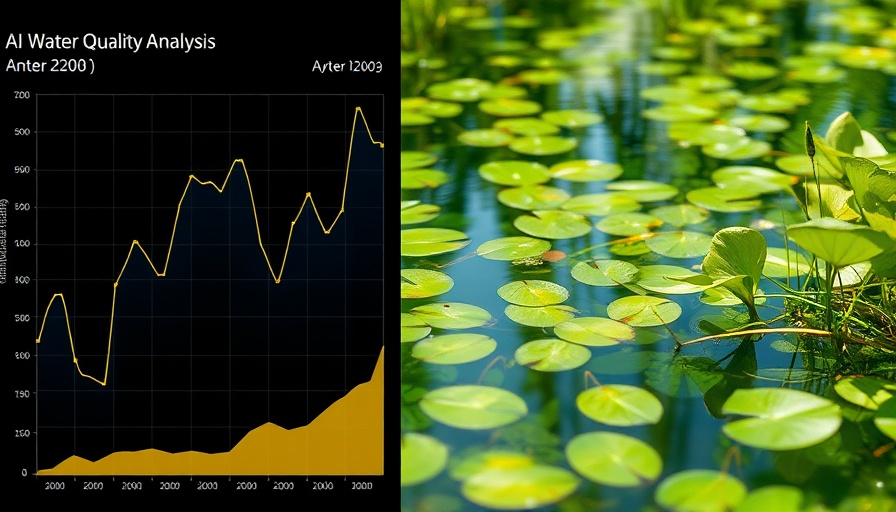
Transforming Water Quality Monitoring with AI
Water is fundamental to life, yet its quality often goes unnoticed until it becomes a pressing concern. Recent advancements in technology, particularly the integration of artificial intelligence (AI) and machine learning (ML), are revolutionizing how we monitor and manage our water resources. This evolution is not merely advantageous but essential, given the staggering predictions of water scarcity at a 70% increase by 2050. Solutions must be both rapid and reliable, which is exactly what AI-based technologies are delivering.
Understanding Alkalinity and Its Importance
Alkalinity is a key parameter in assessing water quality. It indicates the water's ability to neutralize acids, which protects aquatic life and maintains ecosystem balance. Both the health of human populations and the splendor of nature relies on stable water chemistry. As the growing demand for clean water intensifies, innovations that allow for swift analysis are becoming indispensable. AI-driven applications can process complex data sets to assess alkalinity and other critical factors almost instantaneously, significantly reducing human error and the time traditionally required for testing.
The Role of AI in Predictive Water Quality Analysis
AI technologies enable early detection of pollutants and changes in water quality, paving the way for proactive environmental management. By utilizing spectral data from various water samples, AI models can identify and predict trends related to water contamination. For example, machine learning techniques can analyze how light interacts with water to reveal even minute levels of harmful chemicals or pathogens. Effective algorithms are crucial in these assessments, particularly as they adapt to regional challenges, pinpointing specific issues tailored to unique water sources.
Challenges and Solutions in Water Quality Monitoring
Despite its tremendous potential, AI is not without challenges in the field of water quality. For instance, the effectiveness of machine learning models often hinges on the volume and diversity of the data they process. Limitations persist in the availability of comprehensive data sets, which can undermine the accuracy of predictions. The call for open-access databases has been echoed across the scientific community as a necessary step towards enhancing AI’s reliability in monitoring water quality.
The Future of Water Quality Management
As we advance into a future facing critical water scarcity, the intersection of technology and environmental stewardship becomes increasingly pertinent. The AI-driven methodologies already under development have the potential to significantly mitigate risks associated with polluted water sources. Not only do they promise to safeguard public health, but they also put us on a path toward sustainable water resource management.
In conclusion, the rapid advancements in AI and smartphone technology represent a paradigm shift in our approach to assessing water quality. With proactive solutions in place, we can ensure a safer and healthier water supply for future generations, driving us towards a more sustainable relationship with this vital resource.
 Add Row
Add Row  Add
Add 




Write A Comment